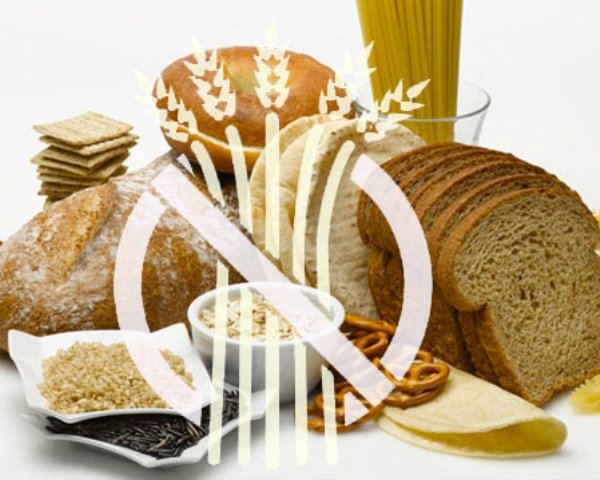What To Know About The New Gluten-Free Labeling Rules
The FDA has finally brought labeling guidelines up-to-date for our gluten-intolerant generation. The gluten labeling guidelines have been updated to ensure that gluten-free products are, well, actually gluten-free. For those looking to try a new diet or trend, these labels may not be life-altering, but it could save people who suffer from Celiac disease from painstaking guesswork and a trip to the emergency room.
See The Daily Meal's Land of the Gluten-Free: 10 Iconic American Dishes Without the Wheat (Slideshow)
As of August 5, all products that claim to be gluten-free must meet FDA guidelines for that claim, which decree that the food item must "contain less than 20 parts per million of gluten, because most sufferers of gluten allergies can "tolerate trace amounts of gluten." This rule also applies to anything that is "without gluten" or has "no gluten," according to the label.
Gluten is the protein that occurs naturally in wheat, rye, barley, and cross-bred hybrids of these grains. People with Celiac disease or gluten intolerance cannot process these proteins without triggering antibodies that attack and damage the lining of the small intestine.
The new guidelines do not apply to any foods whose labeling is regulated by the USDA (most meat poultry and eggs), or the Alcohol and Tobacco Tax and Trade Bureau (TTB). The gluten-free claim rules should also be applied to restaurants, as well as manufacturers of pre-packaged products within, or that ship to the United States. In addition, in order to put a "no-gluten" label on their products, the FDA is not requiring manufacturers to actually test for gluten within the product, though they will be ultimately responsible for confirming that their "gluten-free" products comply with the new rules.
For the latest happenings in the food and drink world, visit our Food News page.
Joanna Fantozzi is an Associate Editor with The Daily Meal. Follow her on Twitter@JoannaFantozzi
